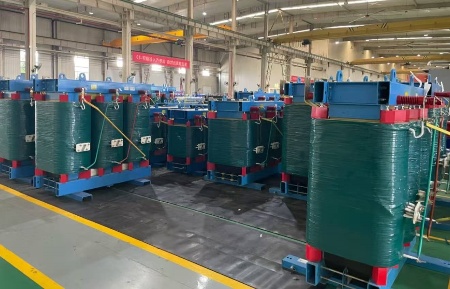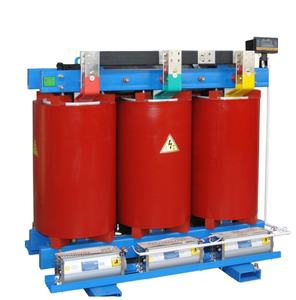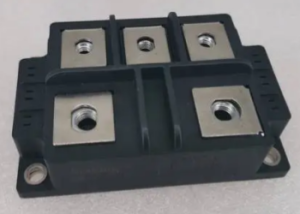Electronic Components Supplier | Transformers, Inductors, Inverters
Why Dry Type Transformers Are Revolutionizing Electrical Systems
In today’s energy-conscious world, dry type distribution transformers are becoming the preferred choice for commercial, industrial, and even residential applications. Unlike traditional oil-filled transformers, these eco-friendly, low-maintenance power solutions offer superior safety and efficiency. This guide explores their benefits, applications, and the latest innovations shaping the industry.
What Is a Dry Type Distribution Transformer?
A dry type distribution transformer operates without liquid coolant, using advanced insulation materials (like epoxy resin or vacuum pressure impregnation) to dissipate heat. These transformers are ideal for indoor installations where fire safety and environmental concerns are critical.

Key Advantages Over Oil-Filled Transformers
✔ Fire-resistant – No flammable oil eliminates explosion risks
✔ Lower maintenance – No oil leaks or filtration needed
✔ Eco-friendly – Free from toxic PCBs and hydrocarbons
✔ Compact design – Easier installation in tight spaces
Top 5 Applications of Dry Type Transformers (2024 Update)
- Commercial Buildings – Hospitals, malls, and offices prioritize fire safety.
- Industrial Plants – Resistant to dust, moisture, and chemical exposure.
- Renewable Energy Systems – Solar/wind farms use them for grid stability.
- Data Centers – Critical for uninterrupted power in server rooms.
- Residential Complexes – High-rises benefit from their silent operation.
2024 Market Trends Driving Adoption
1. Smart Grid Integration
Modern dry type transformers now feature IoT sensors for real-time monitoring of temperature, load, and efficiency.
2. Energy Efficiency Regulations
Strict IEEE & DOE standards push industries toward high-efficiency (98%+) models.
3. Rise of Urbanization
Compact cities demand space-saving electrical gear with minimal fire hazards.
4. Sustainability Focus
Corporations choosing green transformers to meet ESG goals.
How to Select the Right Dry Type Transformer
| Factor | What to Look For |
|---|---|
| Power Rating | Match kVA to your load requirements |
| Insulation Class | Class F (155°C) or H (180°C) for durability |
| Noise Level | <65 dB for sensitive environments |
| Certifications | UL, CE, IEEE-C57.12.01 compliant |
Pro Tip: For harsh environments, opt for encapsulated (VPI) designs over open-wound types.

Maintenance Best Practices
While dry type transformers require less upkeep than oil-filled units, follow these steps:
- Monthly: Check for dust buildup on cooling vents
- Annual: Thermographic inspection to spot hotspots
- 5-Year: Tighten electrical connections
The Verdict: Are Dry Type Transformers Worth It?
With 50% longer lifespans than oil transformers and 30% lower lifetime costs, the answer is clear. As industries shift toward smarter, cleaner power distribution, dry type models are set to dominate.
Upgrade your facility today with a high-efficiency dry type distribution transformer!





